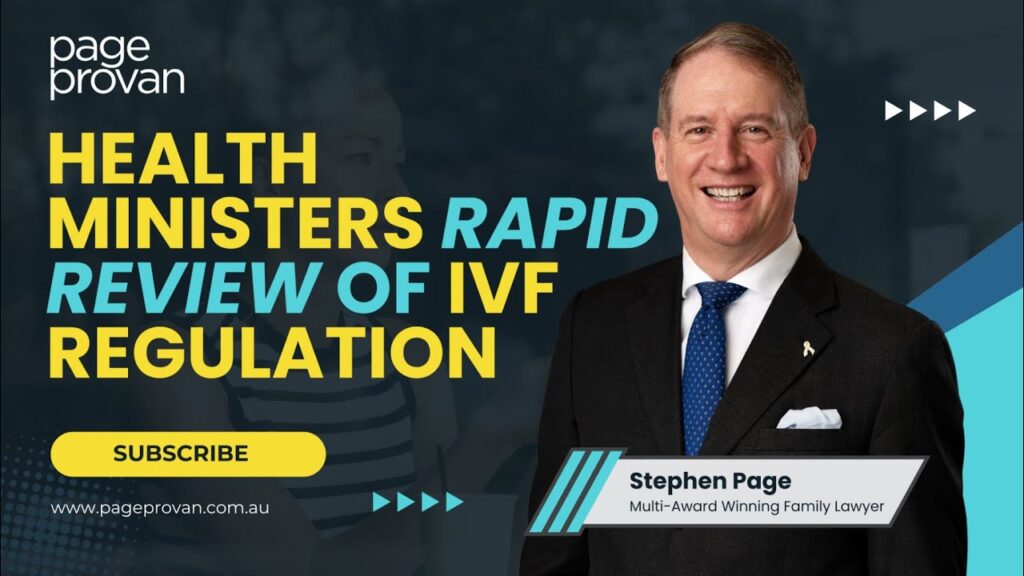Risk of unintentional injury death is high for young children living with unrelated adults
Risk of unintentional injury death is high for young children living with unrelated adults
COLUMBIA, Mo. – Injuries are the leading cause of death among children after the first year of life, according to the Centers for Disease Control and Prevention. In a new study, a University of Missouri professor found that children living in households with unrelated adults are six times more likely to die of maltreatment-related unintentional injuries, compared to children living with two biological parents. The risk of maltreatment death is double for children living with foster or step-parents, or other related adults. However, the risk is not higher for children living in households with a single biological parent and no other adults.
Patricia Schnitzer, assistant professor in the MU Sinclair School of Nursing, examined eight years of data from the Missouri Child Fatality Review Program, which was established to accurately identify the circumstances and causes of all child deaths. Schnitzer identified 380 children under the age of five who died of an unintentional injury that occurred when a parent or other adult caregiver was either not present, was present but not capable of protecting the child, placed the child in an unsafe sleep environment, or failed to use legally mandated safety devices.
“In most cases, we found that the parent or other adult responsible for supervising the child simply was not present when the injury occurred,” Schnitzer said. “Young children need nearly constant supervision, and of course, that’s not always possible, but it should be the parent’s highest priority. Many infants died because parents placed them in an unsafe sleep environment. Parents may not be aware of what’s safe and what isn’t, especially with so much new information being released about safe sleeping environments for infants. In other cases, parents failed to use mandated safety devices such as car seats, or the adult was present when the injury occurred but could not protect the child because they were under the influence of drugs or alcohol.”
Children who died of maltreatment-related unintentional injuries were more likely to be male, born to young, unmarried, Medicaid-eligible mothers who had less than a high school education and received late or no prenatal care during pregnancy.
“What we know is that these injuries can be prevented,” Schnitzer said. “The importance of intervention is huge; recognizing at-risk families can help care providers take proper action. Nurses and other health care providers often encounter families with young children, but there isn’t enough time to address all aspects of child care with every single family. Care providers can use these findings to identify high-risk families and provide them with specific information or referrals.”
The study, “Household Composition and Fatal Unintentional Injuries Related to Child Maltreatment,” was co-authored by Bernard G. Ewigman, professor and chairman of the Department of Family Medicine in the Pritzker School of Medicine at the University of Chicago. It was published in the Journal of Nursing Scholarship.












